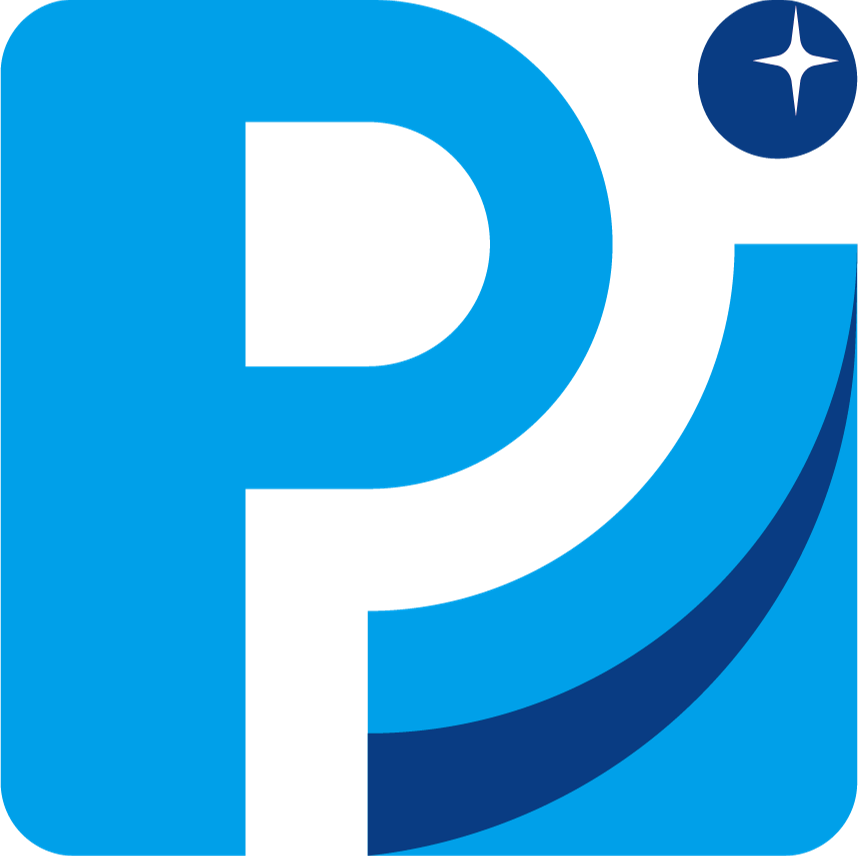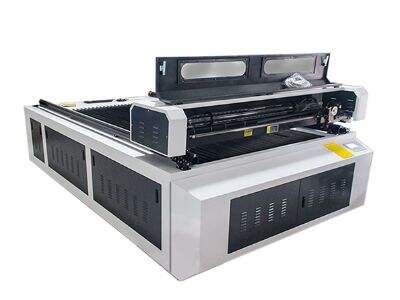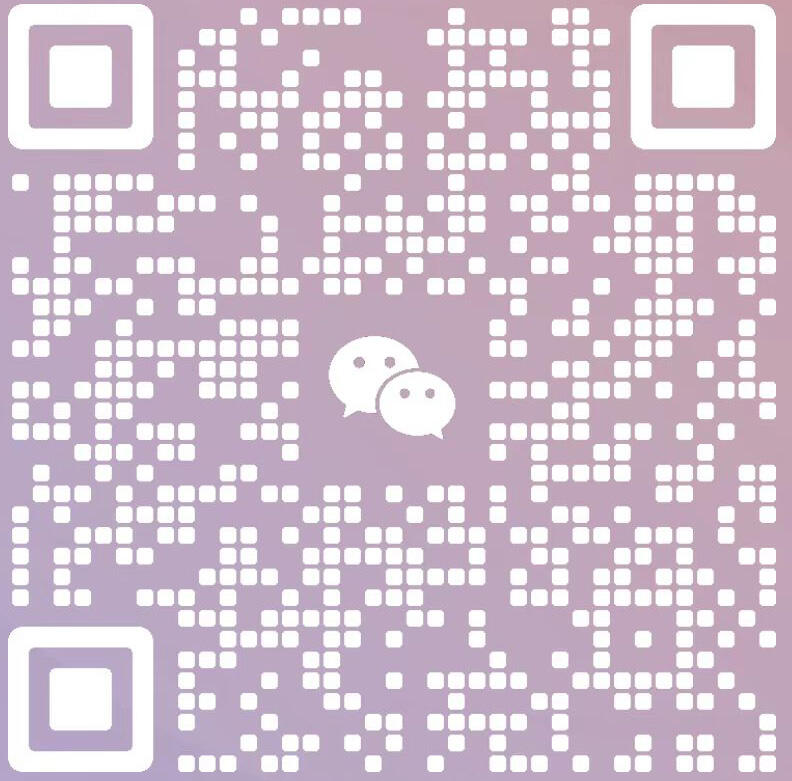Laser snijden is een branchevoerende kracht waar maar weinig mensen iets van mogen weten, maar die essentieel is voor de productie van producten. Het laat ontwerpers toe om een prototype modelproduct te maken zodat ze kunnen testen of het wel of niet werkt. Een prototype is een soort repetitieversie van een product. Jiangpin Technology is een bedrijf dat zich specialiseert in metaal laser snijmachines en heeft kennis over hoe laser snijden kan helpen bij innovatie.
Waarom Laser Snijden Voordelig Is Voor Prototypen
Laser snijden is een geweldige tool voor productontwerpers. Het laat hen toe om uiterst nauwkeurige sneden uit te voeren op een verscheidenheid aan materialen, van metaal en plastic tot hout. Dit betekent dat hun prototype een nauwe benadering zal zijn, en inderdaad haast ononderscheidbaar van, het eindproduct dat ze gaan verkopen. De hoge nauwkeurigheid van laser snijden is erg belangrijk, omdat bij het testen van het product wordt gekeken naar de gebruikte gas.
Een extra coole eigenschap van laser snijden is de pure snelheid. Het bespaart tijd en geld omdat ontwerpers een prototype in geen tijd kunnen maken. Deze snelheid om te testen is cruciaal, want hoe sneller een product getest kan worden, des te sneller kan erop worden geïtereerd. Uiteindelijk, wanneer ontwerpers een manier hebben om hun producten snel te valideren, blijven ze vertrouwen hebben dat hun product fundamenteel beter en succesvoller op de markt zal zijn.
Laser snijden speelt een grote rol in het productontwikkelingsproces. Het maakt het mogelijk om prototypes te maken die erg dicht bij het echte product lijken. Op deze manier kunnen ze gewoon voelen of het goed werkt voordat ze veel geld spenderen om het daadwerkelijk te produceren.
In een zekere zin, wanneer ontwerpers snel opeenvolgende prototypes kunnen maken, kunnen ze de ideeën redelijk gemakkelijk naar hun wens vormen. Dit is essentieel omdat er manieren zijn waarop ze wat klanten zeggen - of zelfs nieuwe ideeën die bij hen opkomen - kunnen gebruiken om het product te verfijnen. Dit stelt het product in staat vele malen te worden getest en verfijnd, waardoor uiteindelijk een product ontstaat dat echt aan de behoeften van de klant voldoet.
Onbeperkte Productontwerp Mogelijkheden met Laser Snijden
Laser snijden biedt ontwerpers steeds meer vrijheid om de grenzen van wat mogelijk is binnen een productontwerp uit te breiden. Dit laat hen nieuwe producten bedenken met vormen en ontwerpen die eerder moeilijk te produceren waren. Als een voorbeeld kunnen we zien dat met een fiber laser snijmachine extreem complexe vormen kunnen worden geproduceerd die conventionele productiemethoden gewoon niet kunnen realiseren.
En laser snijden voorkomt ook het belasten van lichte producten en stijve. omdat het proces in staat kan zijn om zeer dunne en nauwkeurige sneden te maken, wat gebeurt door de minimisatie van de totale massa van een item. Vaak is zo'n product gemakkelijker te gebruiken en te dragen. Ook, omdat de sneden zo precies zijn, passen de stukken strak bij elkaar, waardoor het eindproduct erg solide en duurzaam is.
Het favoriete hulpmiddel van innovators - Waarom je moet vertrouwen op laser snijden
Voor innovators - diegenen die ideeën hebben - is tube laser snijden een belangrijk gereedschap. Dit laat hen snel en nauwkeurig prototypen maken, cruciaal voor het testen van nieuwe concepten. Hoewel dat niet klinkt als iets wat je in een marathon doet, kan de snelheid ervan enorm zijn om een nieuw idee van de grond te krijgen. Dit laat innovators ook producten maken die eerder niet mogelijk waren, wat hun creativiteit en uit de box denken aanmoedigt.
Innovators kunnen functionele en esthetisch aantrekkelijke producten produceren door middel van laser snijden. Laser snijders vergemakkelijken ook de productie van complexe ontwerpen die andere productietechnieken niet kunnen realiseren. Dit betekent dat de producten perfect zijn in prestatie en esthetiek, wat hen een competitief voordeel op de markt geeft.
Hoe cnc fiber laser snijmachine verandert het nieuwe gezicht van productontwikkeling
Het is geen wonder dat laser snijden de productontwikkelingsprocessen heeft omgevormd. Dit maakt het mogelijk om prototypes te produceren die bijna identiek zijn aan het eindproduct, wat veel tijd en geld bespaart. Het heeft ook ontwerpers in staat gesteld om het product beter te karakteriseren en daarnaast sneller, wat betekent dat ontwerpen vaak aanzienlijk verbeterd zijn in de eindversie.

 EN
EN
 AR
AR
 BG
BG
 CS
CS
 DA
DA
 NL
NL
 FI
FI
 FR
FR
 DE
DE
 EL
EL
 IT
IT
 JA
JA
 KO
KO
 NO
NO
 PL
PL
 PT
PT
 RO
RO
 RU
RU
 ES
ES
 SV
SV
 TL
TL
 ID
ID
 LV
LV
 SR
SR
 SK
SK
 SL
SL
 UK
UK
 VI
VI
 SQ
SQ
 ET
ET
 HU
HU
 TH
TH
 TR
TR
 FA
FA
 GA
GA
 BE
BE
 AZ
AZ
 KA
KA
 LA
LA
 UZ
UZ

